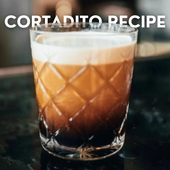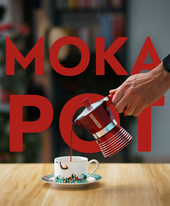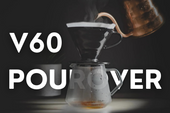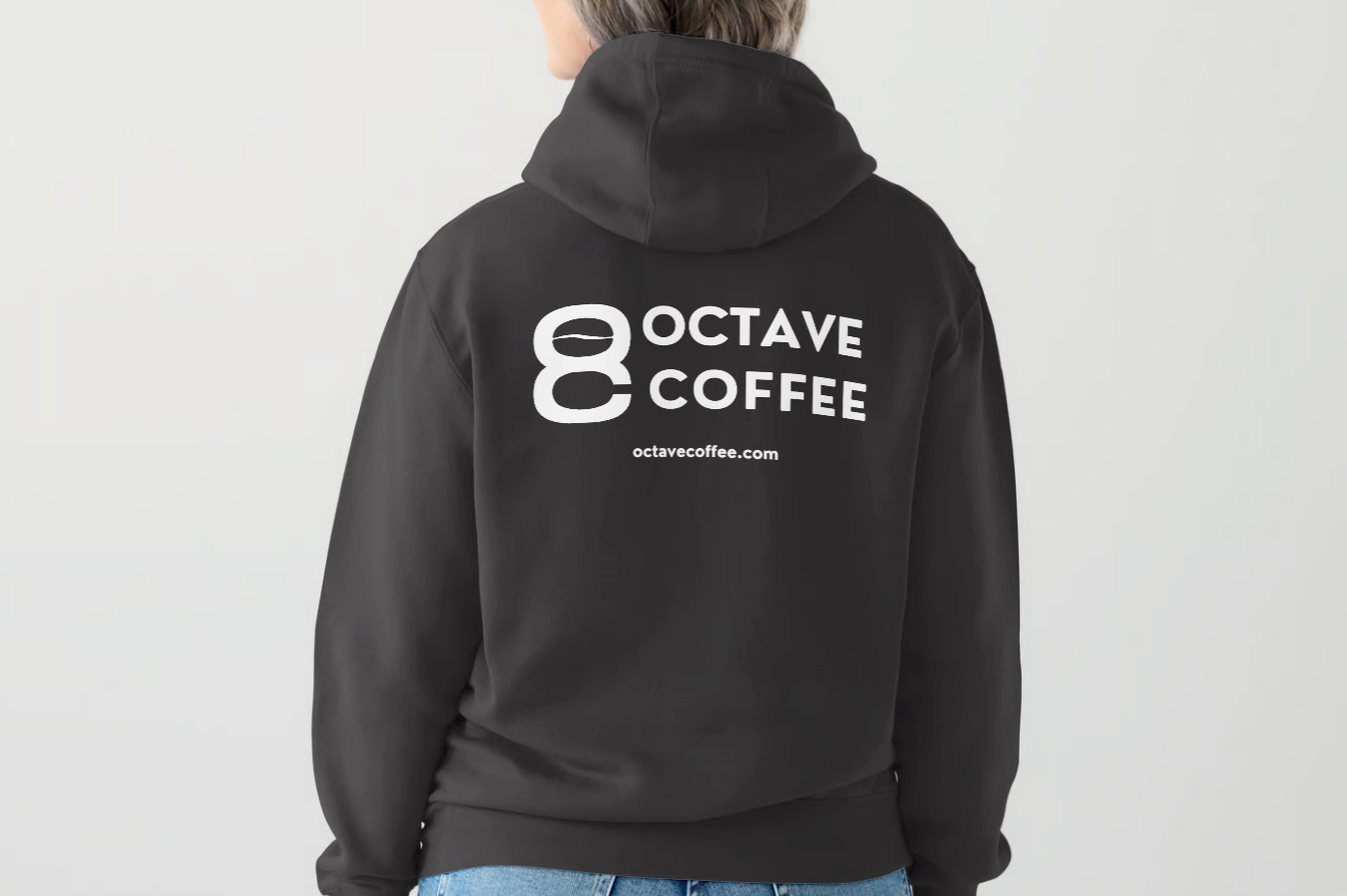
The Art of Vietnamese Coffee: Brewing with a Phin
Compartir
I was just talking to a friend of mine from church this week and he was introducing me to the idea of Vietnamese Milk coffee, often referred to as "cà phê sữa đá." This delightful coffee concoction is a cherished part of Vietnamese culture and has a unique flavor profile that combines the boldness of coffee with the sweetness of condensed milk. So naturally, I had to do a little research.
The Phin: A Four-Part Wonder
In the world of coffee, there are various methods and gadgets for brewing that cater to different tastes and traditions. One such brewing method is the phin, a traditional Vietnamese coffee device that has been an integral part of Vietnamese coffee culture for centuries. At Octave Coffee Company, we appreciate the rich history and diverse approaches to coffee, and today, we delve into the world of phin coffee brewing.
The phin, which is traditionally used to brew Vietnamese coffee, consists of four stainless steel parts: a plate, the body, a press disk, and the lid. Introduced to Vietnam in the 1800s by French colonialists, coffee quickly became an essential part of Vietnamese culture. Since fresh cow's milk was not readily available, sweetened condensed milk became the preferred dairy companion to coffee. This unique combination of bitterness and sweetness has become a signature characteristic of Vietnamese coffee.
Over time, Vietnam has developed its own distinctive coffee culture, with bustling coffee bars and serene cafes playing a significant role in the country's social fabric.
Omni Bev: Elevating Vietnamese Coffee
Tammy Huynh, the founder of Omni Bev, grew up sneaking sips of coffee from her father's cup when her mother wasn't looking. Today, she's building a brand centered around Vietnamese coffee and has designed a beautifully crafted phin with her team. The Omni Bev Classic Vietnamese Coffee Starter set includes a phin, a bag of premium Vietnamese robusta beans, and a can of condensed milk. One notable feature of their phin is that it comes with an attached body and plate, eliminating the age-old problem of losing the plate.
A Ritual of Simplicity
Brewing coffee with a phin is a straightforward process, and with practice, it becomes second nature. Bon Appetit describes Vietnamese Coffee with a quick definition:
"To make coffee with a single-serving phin, you put the device over a mug, and add about two tablespoons of coffee grounds to it. Then, you place the press disk over the coffee and pour in a bit of hot water, just enough to cover the grounds by about half an inch, and wait for 30-40 seconds".
This step, known as blooming, allows the coffee grounds to release carbon dioxide, enhancing the flavor. Next, fill the phin to the top with water and wait as the coffee drips into your cup. It's a relaxing process that gives you time to stretch, enjoy the view, or listen to your favorite tunes. Within five minutes, your coffee will be ready.
For a stronger brew, enjoy the concentrated coffee as-is. If you prefer a milder, longer cup, simply add more water to the phin. Since there's no need for paper filters, phin brewing is an eco-friendly option. Cleanup is a breeze due to the stainless steel construction.
Coffee Anywhere, Anytime
Phins are also incredibly portable, making them ideal for travelers who never want to miss a good cup of coffee. And now, you don't even need to bring your trusty phin along to enjoy an authentic brew. Copper Cow Coffee, founded by Debbie Wei Mullin, offers Vietnamese coffee "latte kits" that bring the phin experience on-the-go. Each kit contains individual coffee filters filled with coffee sourced from Vietnam and sweetened condensed milk packets. These compostable filters have paper handles that hang over the sides of a mug or glass, making it convenient to brew your coffee anytime, anywhere.
What Makes Vietnamese Coffee Truly Vietnamese?
While you can use a phin with any type of coffee, to achieve the authentic taste of Vietnamese coffee, you need beans sourced from Vietnam. It's essential to understand that condensed milk alone does not define Vietnamese coffee. Lan Ho, founder of Fat Miilk, emphasizes that "Vietnamese coffee beans from Vietnam make Vietnamese coffee." Despite the misconception, if you order Vietnamese coffee at a cafe, the beans used are often not from Vietnam.
Vietnam primarily cultivates robusta beans, which are known for their high caffeine content and suitability for low-altitude growth. These beans are different from the more commonly known arabica beans. Historically, Vietnam has faced challenges in overcoming the perception that its beans are of lower quality. Robusta beans have often been relegated to grocery store blends or processed into instant coffee. However, the mission of brands like Fat Miilk and Nguyen Coffee Supply is to change this narrative.
Shifting the Narrative: The Rise of Robusta
Vietnamese coffee entrepreneurs like Sahra Nguyen, founder of Nguyen Coffee Supply, are determined to challenge the biases against robusta beans. They invest in the production of organic-grade, ethically farmed robusta beans. The perfect balance of bitterness from the robusta beans and sweetness from condensed milk creates a unique interplay of flavors that defines Vietnamese coffee.
For a true cà phê sữa đá experience, serve your phin-brewed coffee over a glass of ice and swirl in some condensed milk—a perfect pick-me-up on a warm summer day. If you prefer dairy-free options, coconut milk complements the nutty robusta brew beautifully. Whether you're new to coffee or a seasoned enthusiast, the phin offers a flexible and sustainable way to savor the joy of a well-brewed cup. It's a reminder to slow down, appreciate the process, and relish the pleasure of a great brew
At Octave Coffee Company, we celebrate the diverse world of coffee and invite you to explore the cultural richness of coffee brewing methods like the phin. Join us on a journey of taste and tradition as we continue to share the wonders of coffee from around the globe.
Related Posts
-

Shake It Up: Octave Coffee's Shaken Espresso Recipe
Hey coffee folks—want to mix things up a bit? Check out our Octave Shaken Espresso Recipe. It’s got all the bold fl...
-

Embrace Italian Indulgence: A Guide to Perfect Affogato Shots
Index: Introduction Ingredients Instructions Brew Espresso the Italian Way Prepare Gelato with Italian Flair Cr...
-

Octave Coffee's Cinnamon Mocha Recipe: An Effortless Harmony of Flavors
As the Christmas season unfolds, treat yourself to the warmth of Octave Coffee with a simple yet delicious Cinnamon ...
-

Cortadito Recipe: A Brief History and Simple Guide
Originating in Cuban coffee culture, "cortadito" is a Spanish term that translates to "cut" in English. In the co...
-

Recipe Series: "Poor Man's Cortadito"
A Masterclass in No-Nonsense Coffee from Your Own Filter Basket So, you fancy yourself a coffee connoisseur but can't...
-

Recipe Series: Cozy Autumn Bliss - Homemade Pumpkin Spice Latte
Here in the American northeast, as the leaves start to change and the air turns crisp, there's no better way to embra...
-

How to Make Coffee Without a Coffee Maker: Simple Solutions from a Coffee Roaster
Table of Contents The Classic: Boiling Water & Coffee Grounds The Cowboy Method: Coffee Over an Open Fire Im...
-

The Ultimate Guide to Moka Pot Brewing: Mastering Grind Size, Roast Levels, and Brewing Steps
Moka Pot Brewing Guide Introduction Section 1: Unveiling the Moka Pot Magic 1.1 The Heart of the Moka Pot 1.2 The B...
-

V60 Pour-Over Coffee: A Simple, But Complete Guide
The V60 pour-over method is distinctive because it not only brings out nuanced flavors in coffee roasts, but also off...
-

How to Make Strong Coffee: A Guide By Octave Coffee
Brewing a cup of resilience becomes an art form with Octave Coffee's comprehensive guide on how to make strong coffe...













1 comentario
Great writeup. Going to expand my pallette for this approach